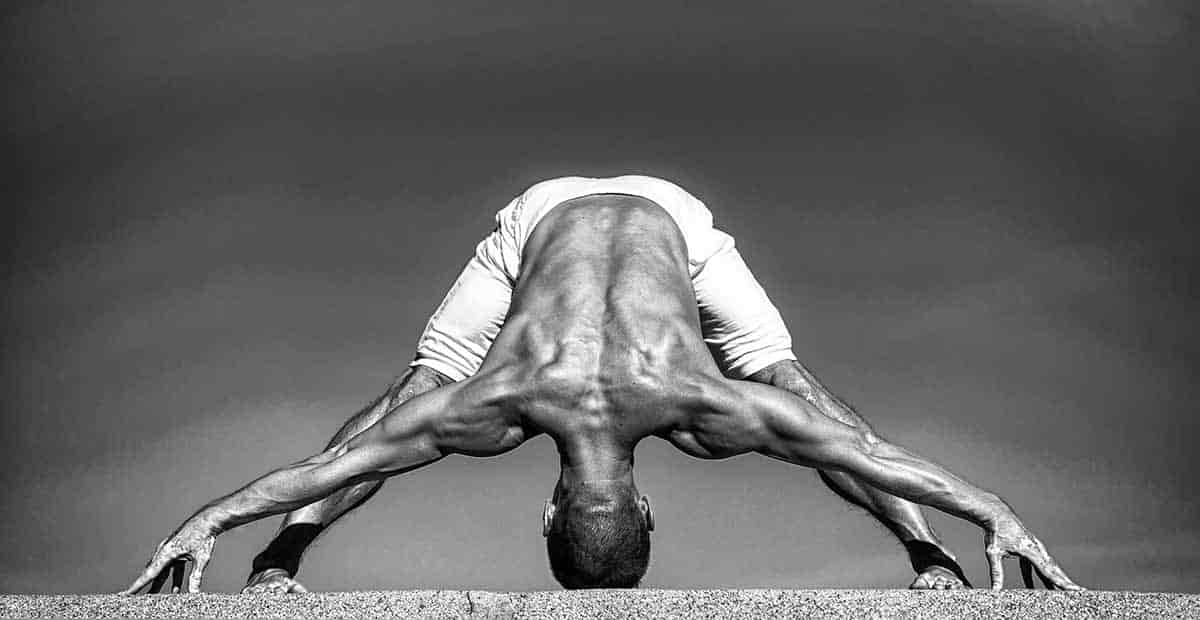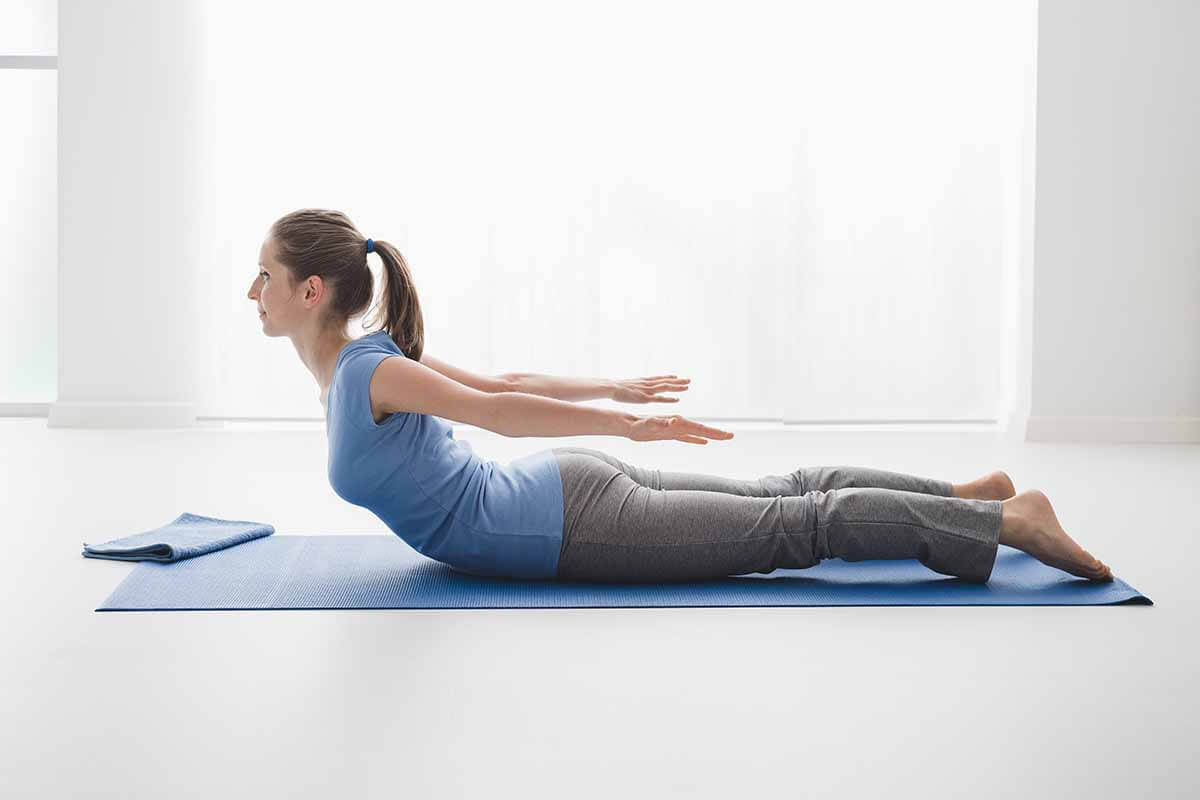
o you love the benefits of yoga but feel like you're not getting enough of a workout? Or maybe you're looking for a way to mix up your current workout routine? If so, then you should consider combining yoga and weight training.
This can be a great way to get all of the benefits of both activities. In this blog post, we will discuss 5 tips that will help you combine yoga and weight training in the most effective way possible.
Can You Combine Yoga and Weight Training?
It’s easy to see why some people might be hesitant to combine yoga and weight training. They seem like two very different activities, and it can be challenging to know how to combine them in a way that is effective and safe.
However, yoga and weight training can be an excellent combination when done correctly. Yoga can help you improve your flexibility and strength, while weight training can help you build muscle mass and burn calories.
Whether you’re looking to lose weight or improve your overall health and fitness, combining yoga and weight training can be a great way to do it.
Is It Better to do Yoga Before or After Weight Training?
One of the challenges most people face when combining yoga with weight training is figuring out which order to do them in. Do you do it before or after your weight training session? And does it matter?
The best time to do yoga is after weight training. However, it’s advisable to do it a day or two after an intense weight lifting session. This way, you’ll get the most of both workouts, especially if you engage in intense yoga sessions like Vinyasa and Ashtanga.
But why is this?
The primary reason is that your muscles, facia, and other tissues are significantly weakened during a weight lifting session. Consequently, doing yoga immediately after your workouts will weaken your body tissues further due to the deep stretching and advanced poses.
When this happens, you won’t be able to give 100% on your next workout, which is the last thing you need if you plan to lift heavy or engage in intense physical activity.
The rest between your workouts is crucial because it gives your muscles enough time to recover and contract fully, thereby withstanding all the stretches and deep poses involved in yoga.
This said, it’s okay to do light yoga stretches and poses after a weight training session to help with your recovery.
5 Tips to Help You Combine Yoga and Weight Training
So, you’ve decided that you want to start a yoga practice? Great! Yoga is a fantastic way to improve your overall health and wellbeing. But if you’re also weight training, you might be wondering how to combine the two activities without damaging your muscles or overtraining.
Here are five tips for safely combining yoga and weight training:
1. Don’t Incorporate Weights Directly Into Your Yoga Practice
Incorporating weights into yoga practice has been an ongoing trend lately. You’ll see it in magazine articles, books and even classes at gyms. If you’ve never practised yoga before, this might sound like a good idea – why not burn more calories and get stronger?
Unfortunately, the reality is that weightlifting puts your muscles under tension for long periods. This is great when you’re building strength (hence the whole “no pain, no gain” mentality), but not so great when you want to be moving your body into different shapes and creating flexibility.
It’s challenging to flow from one pose to another without taking breaks if you’re doing a dynamic weightlifting exercise like squats or hip thrusts. In fact, if the weights limit your range of motion, you’re going to be putting your body in a compromising position and might even cause an injury.
Therefore, avoid taking weights to the yoga mat. Instead, save the strength training for the gym, and use your yoga practice to increase flexibility and joint mobility.
2. Do the Workouts on Alternate Days
If you’re trying to do a bit of everything, it’s best to break up your workouts. If you try to weight train and do yoga on the same day, you won’t be giving your body enough time to recover between sessions. You’ll also find that you might not be as effective during either workout if you’re tired from the previous session.
So, leave enough time between yoga and weight training to make sure you can give your all during each session. You’ll be able to see the benefits of both much more quickly if you do this.
3. Work with a Certified Trainer
If you’re new to weight training, it’s a good idea to work with a certified trainer. You’ll be able to get professional advice on the best techniques and programs based on your personal needs and goals.
4. Set a Training Schedule Based on Your Goals
You’ll also want to create a training schedule based on your goals. For example, if you want to increase strength and build muscle, you’ll want to do weight training first, so the exercises are fresh in your mind. You can then follow it up with yoga as a way of relaxing afterwards.
If flexibility is more important than increasing strength or building muscle mass, yoga will take priority in your training schedule.
5. Determine with Weight Lifting and Yoga Poses Work Best for You
It’s also essential to determine which weight lifting exercises and yoga poses work best for you. If your goal is building muscle mass or strength, compound exercises that incorporate multiple muscle groups like squats, deadlifts, bench presses, and military presses are ideal.
Yoga poses such as downward-facing dog and cobra pose can help increase flexibility in the hips, shoulders and spine.
Final Thoughts
Combining weight training and yoga can be a great way to improve overall fitness and achieve your goals. However, to get the most out of each exercise and make sure you don’t get injured, it’s essential to do your research, understand the benefits of each type of workout and determine which lifting exercises and yoga poses work best for you.




